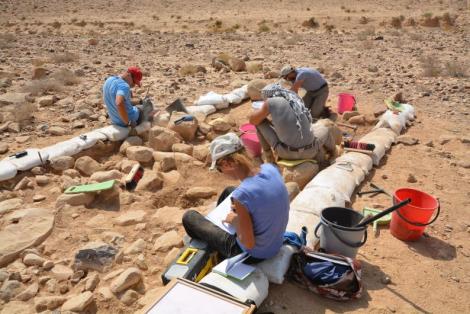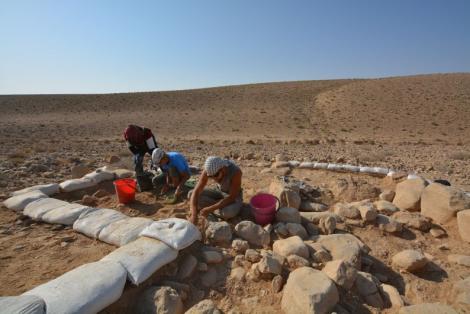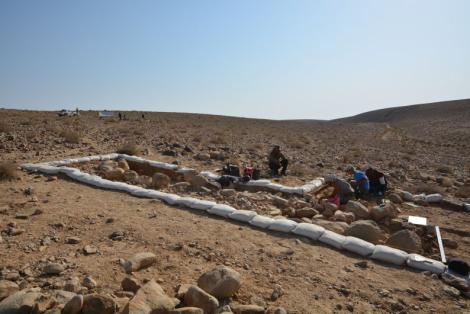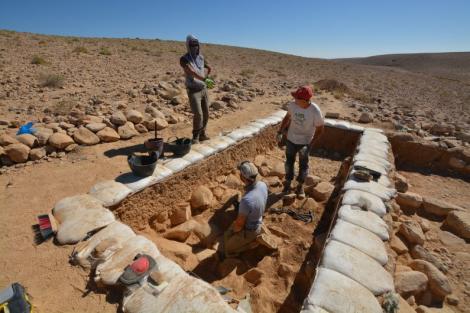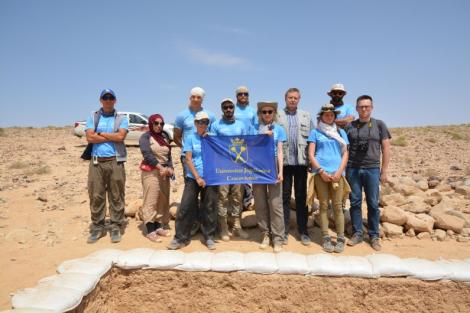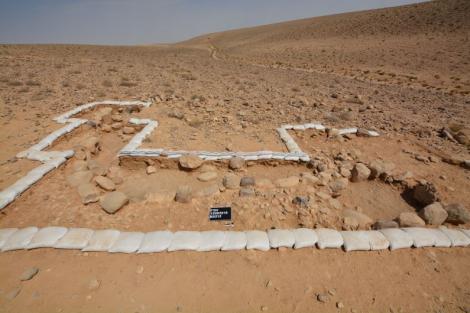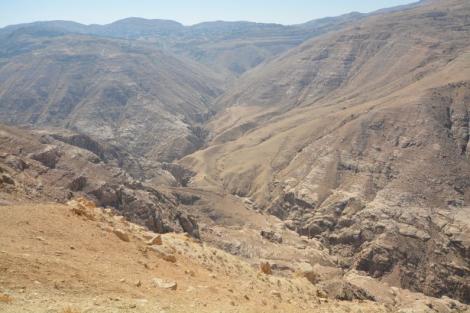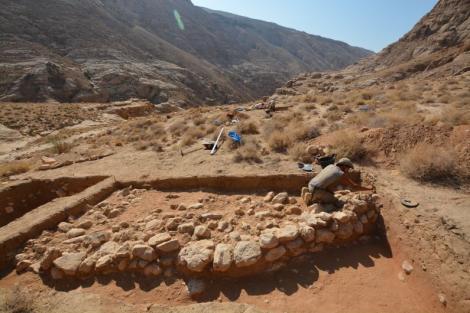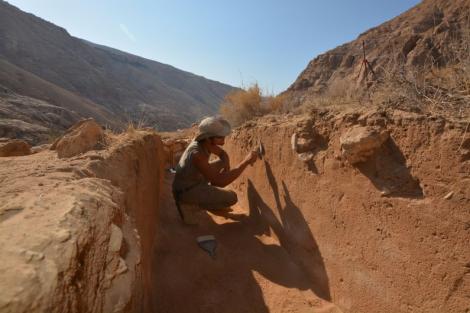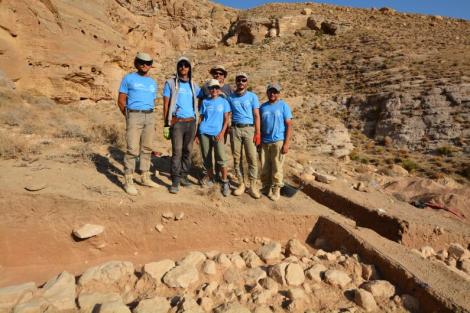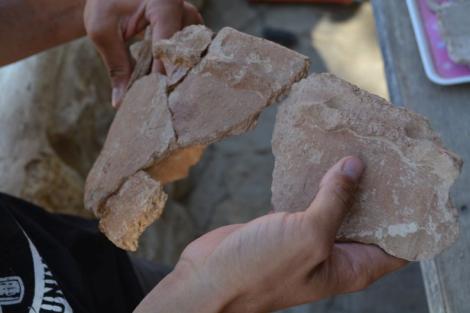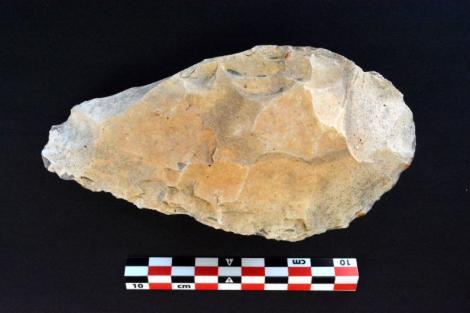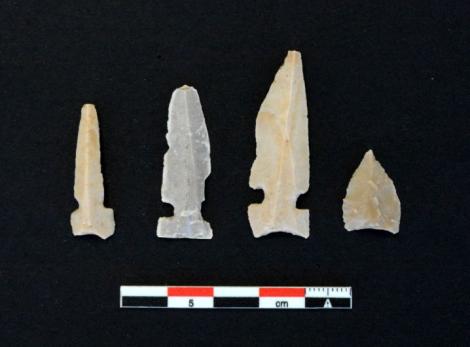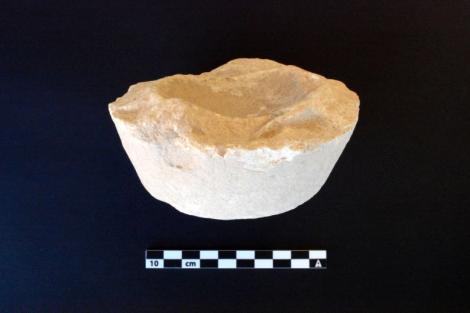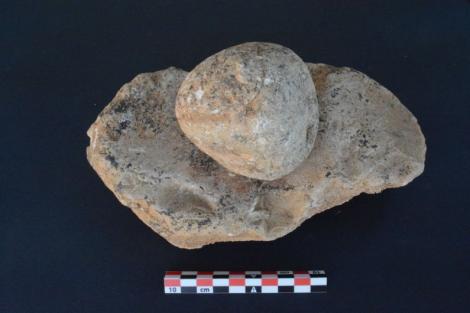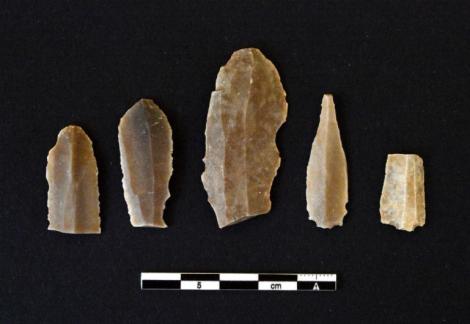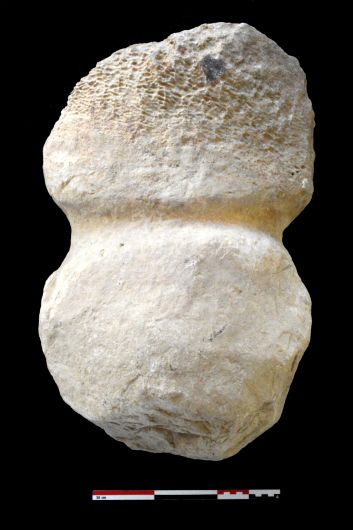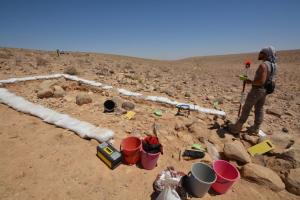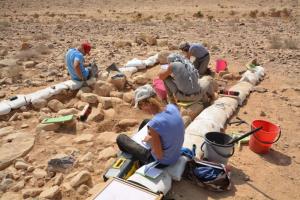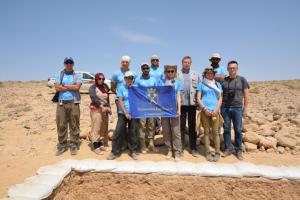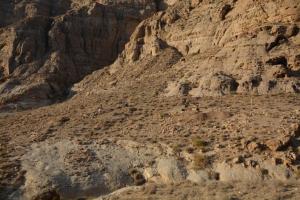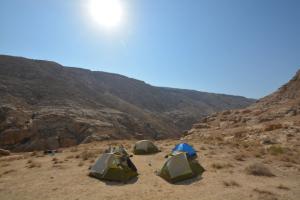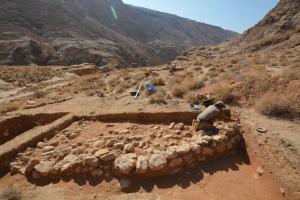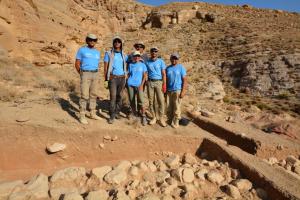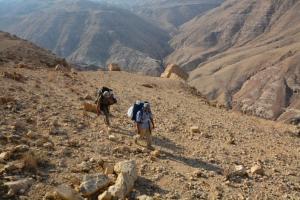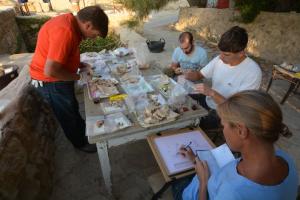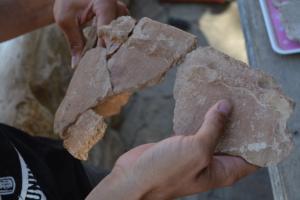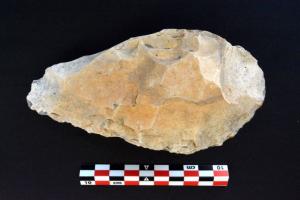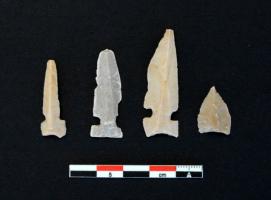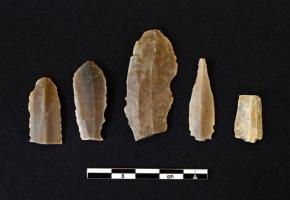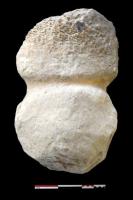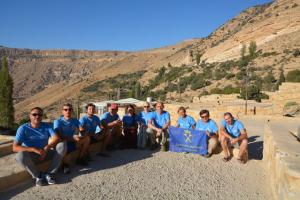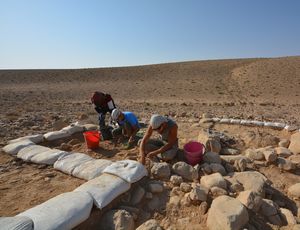
Late September marked the last days of this season’s work for the JU Institute of Archaeology researchers conducting their excavations in southern Jordan. For several years, they have been gathering information that will help identify the changes happening in this important area between the Neolithic and early Bronze Age.
‘We aim to create a comprehensive map of Jordan in the years 3700–1950 BCE. It was a very interesting time in the Middle East. Many things happened: the birth of civilisation, development of agriculture and craftsmanship, blooming of long range trade, founding of first cities, and formation of numerous culturally significant customs and traditions that still affect us. We know very little of the region between Egypt and Mesopotamia which we now know as Jordan’, said Dr Piotr Kołodziejczyk, the expedition leader.
Last year, JU archaeologists began their excavations on two previously unknown sites: Faysaliyya and Munqata’a. The first one is a huge settlement located in the desert near the municipality of Shoubak, where the research team has found stone walls surrounding a large farmstead along with rooms designated for living and working. In another place, they have found stone edifices from the Chalcolithic, otherwise known as the Copper Age. It was possible to date these structures based on earthenware and stone and flint tools. Many samples for laboratory tests have also been taken, allowing for more precise data to be extracted from these findings.
The second site presented not only an archaeological challenge, but a logistical one as well. It was located in a deep valley, accessible only by a steep path down a several hundred metres high ridge. In order to study it, the team had to transport large supplies of food and water in addition to their standard equipment. But it was worth the effort.
‘In that secluded valley, we’ve discovered something extraordinary: a settlement from the Neolithic with a wall and a central building. We suspect it might’ve been the house of a chieftain or some sort of an early temple. Along the walls we’ve found the remains of numerous tools and weapons such as pestles, quern-stones, and arrowheads as well as lots of pottery, which has probably served as food containers’, explained Dr Piotr Kołodziejczyk.
‘Munquat’a is the furthermost eastern settlement dated at the Neolithic that we’ve unearthed so far. Before us, nobody has ever conducted an excavation in this rugged, mountainous area. We’re sure there’s more to be found here. We’ll see in the next couple of years’, he added.
Based on their geological and environmental analyses, the Kraków archaeologists suspect the area was used mostly for animal grazing, with few flat spots serving as the crop fields. This is still very much the case for southern Jordan.
The project was funded by the National Science Centre. Its participants include the staff and students of the JU Institute of Archaeology, working in close collaboration with the Jordanian Department of Antiquities and the Polish embassy in Amman. This collaboration has resulted in the currently prepared scientific session dedicated to Polish research in Jordan, accompanied by a photograph exhibition. The conference, to be held on 18 November at the Zarqa University, will add to the list of events celebrating the 100th anniversary of Polish Independence.



